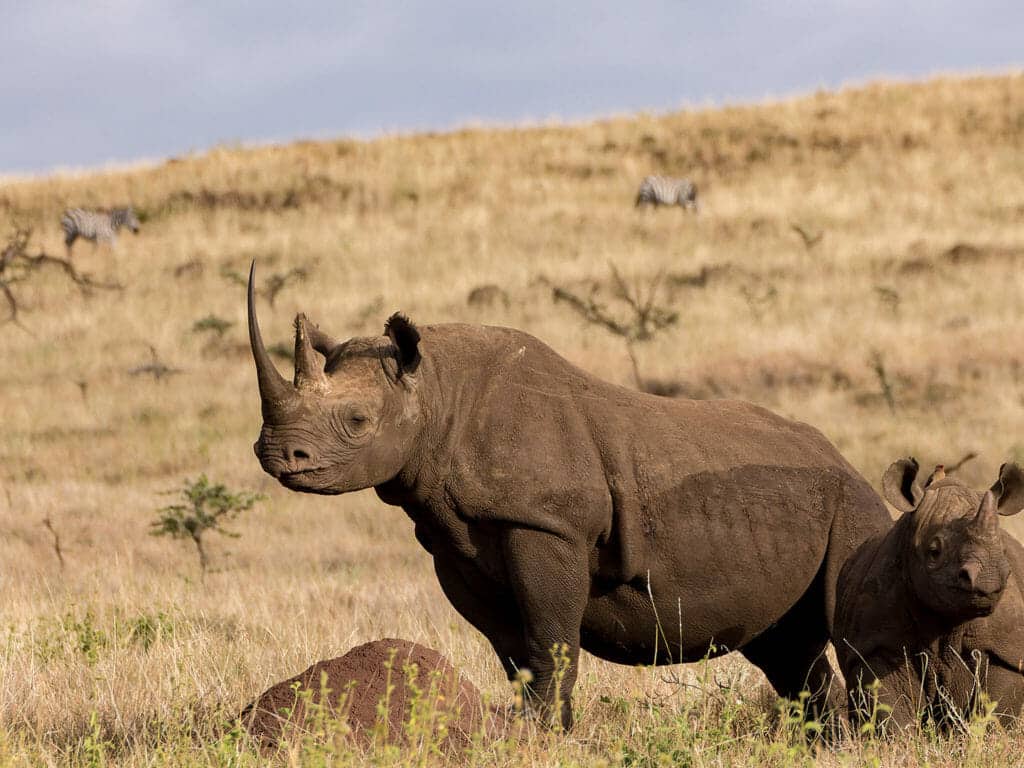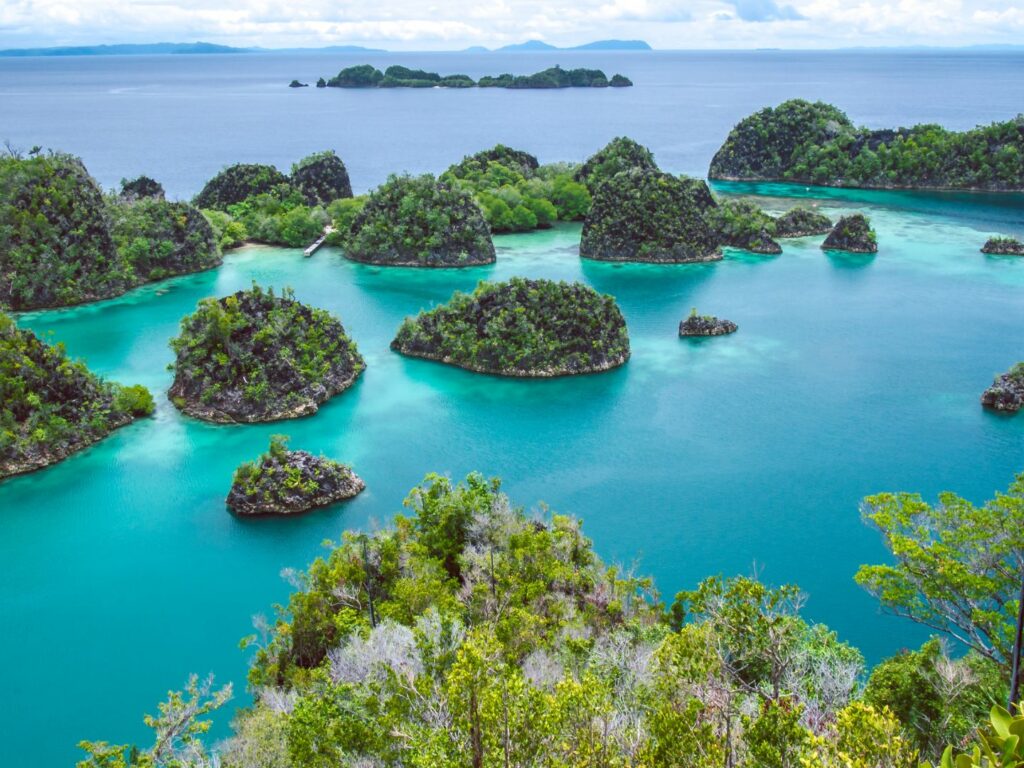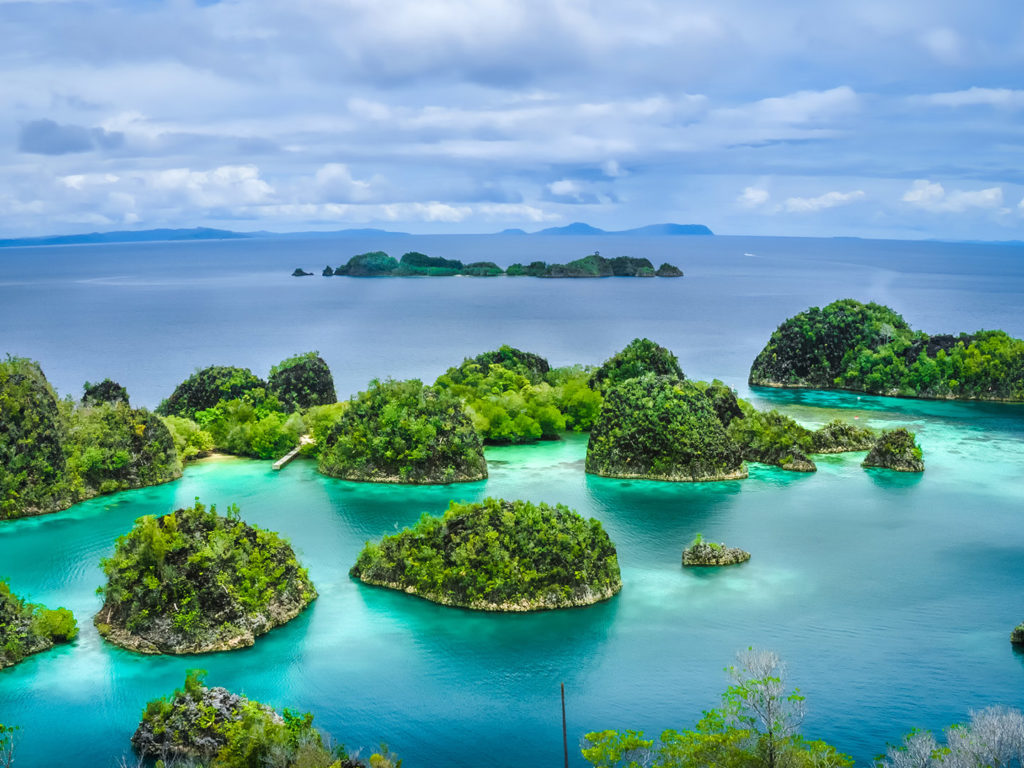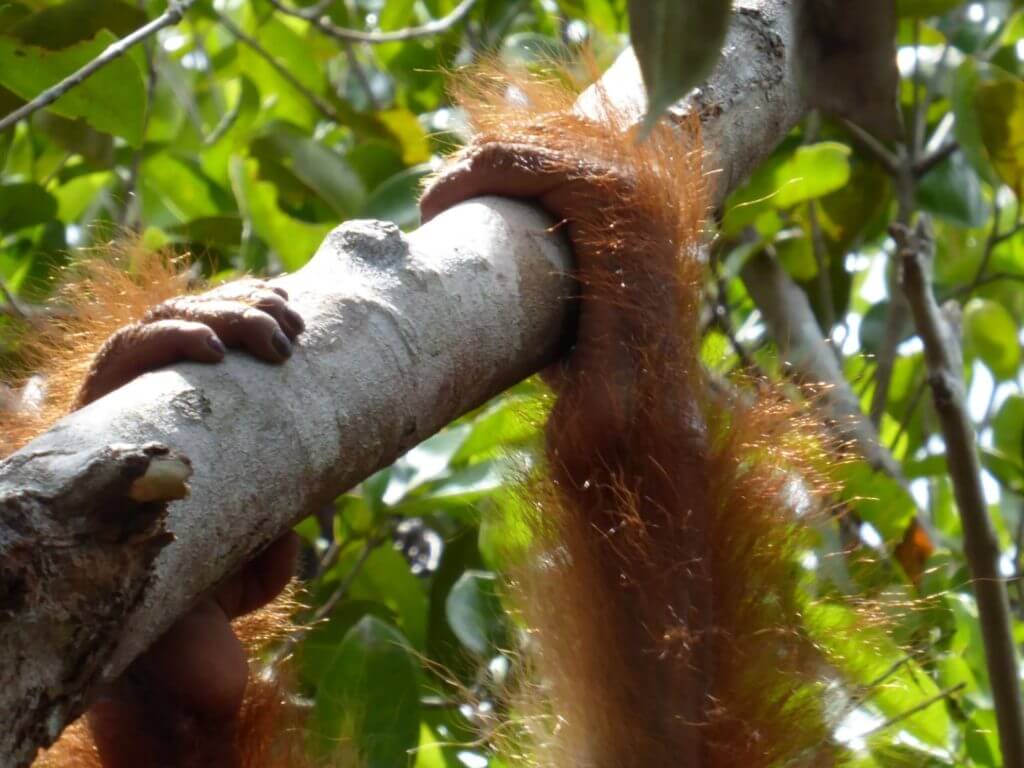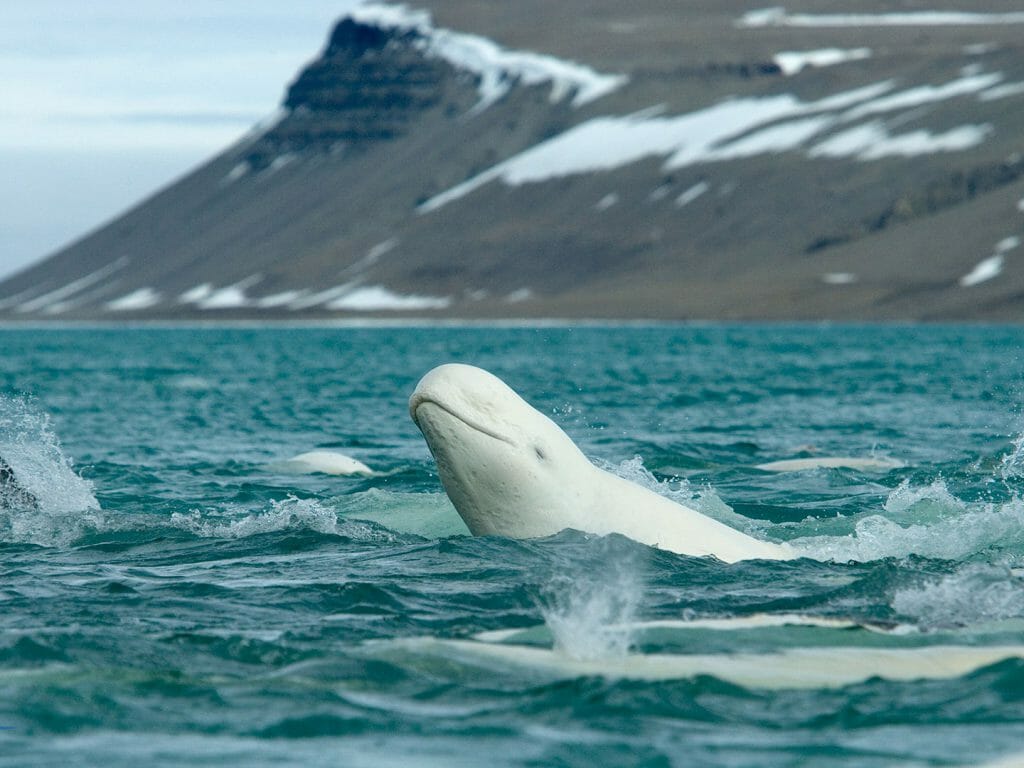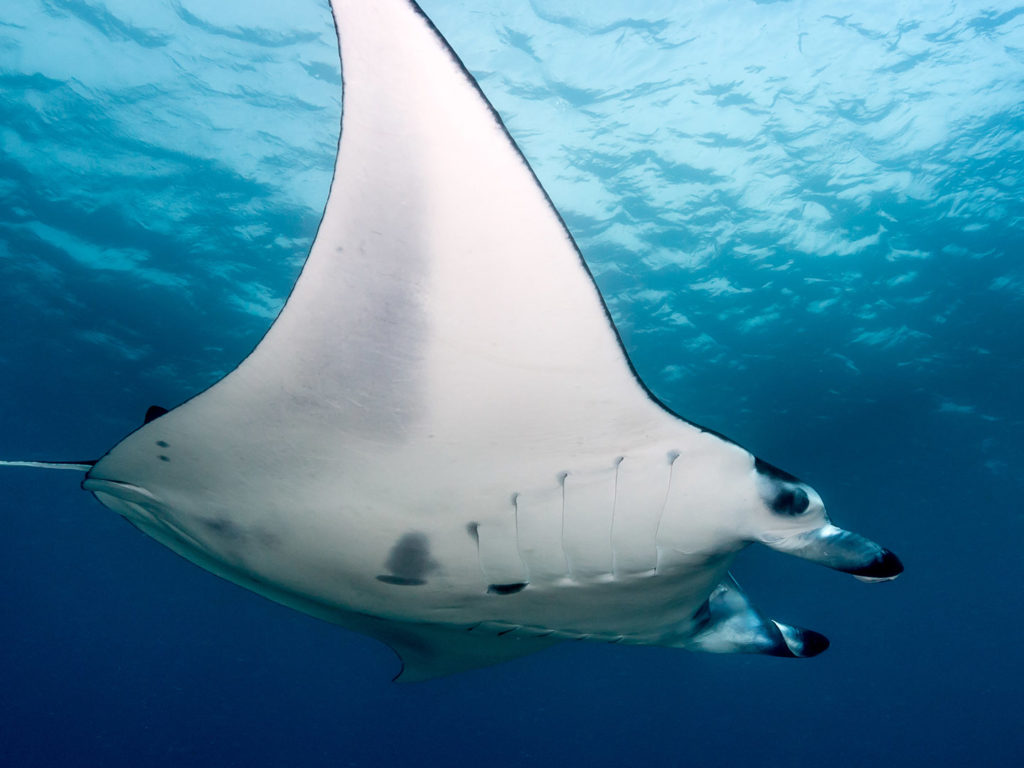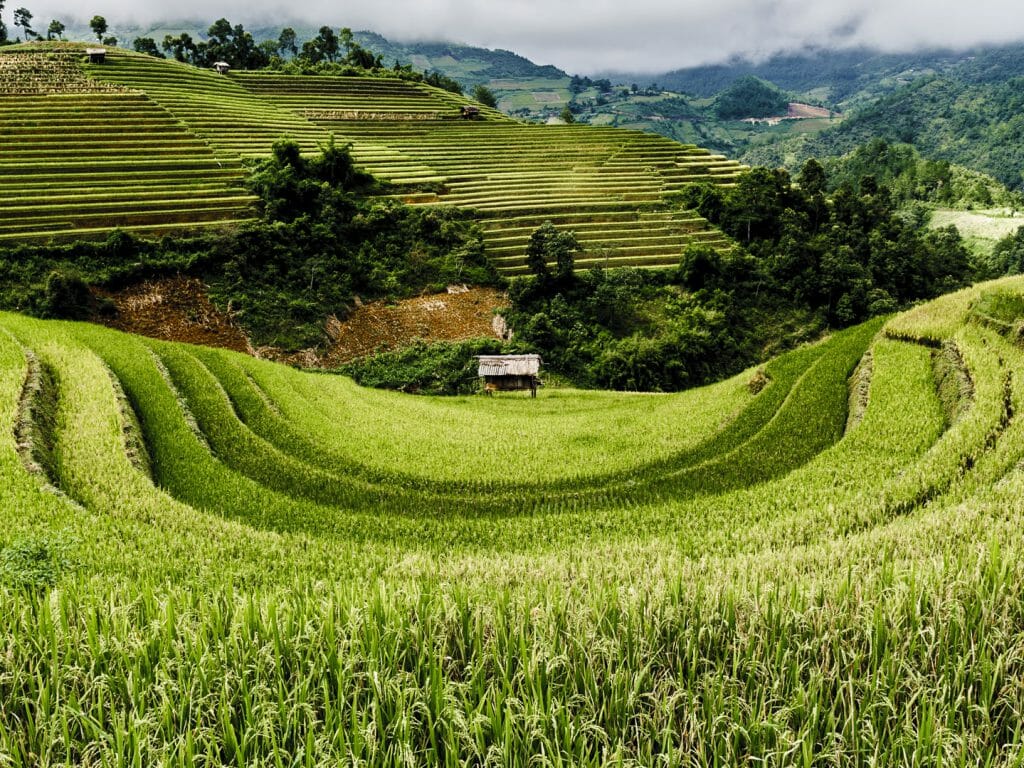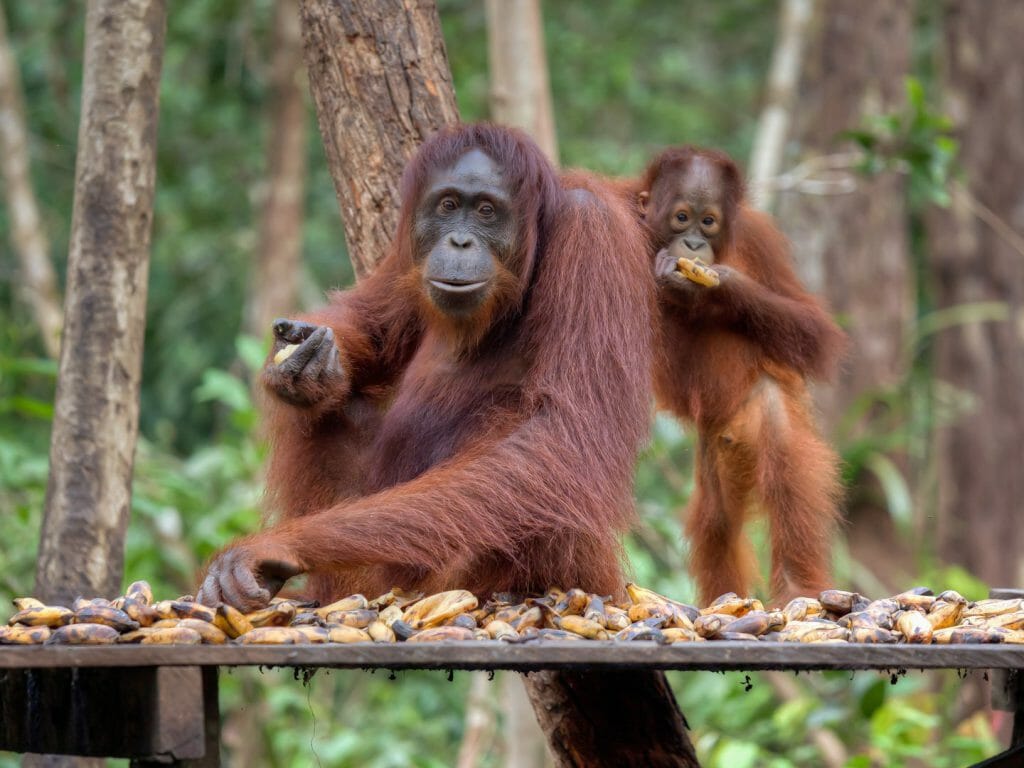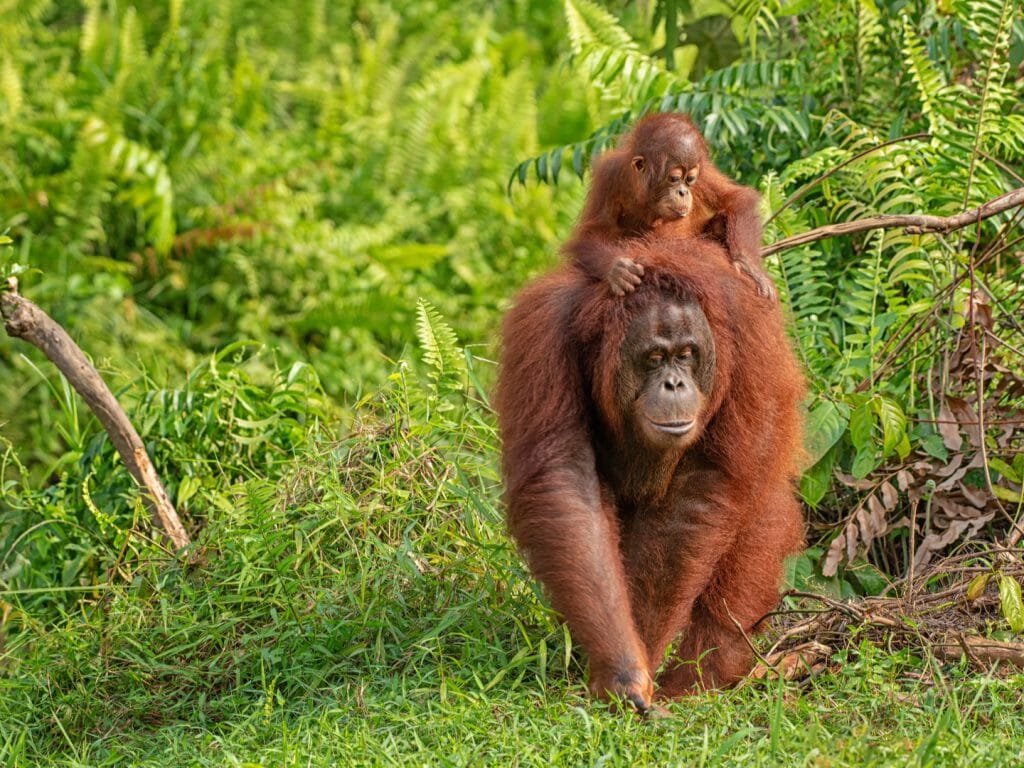After four years I was delighted to be returning to Indonesia. The last time I visited was to focus on the hotels of Bali, however this time was to get a greater feel for the less visited cultural area of Sulawesi and a return visit to the cultural capital Java and in particular Jogjakarta.
My first week was spent visiting the wonderful cultural sights of Jogjakarta and surrounding area with particular time spent at the Buddhist temple of Borobudur, which I consider to be second only in south-east Asia to Angkor in Cambodia. I was lucky enough to have a second visit to the Hindu temple of Prambanan and be shown around the wonderful Sultans Palace in the heart of Jogya. Some time was also spent discovering smaller cultural villages.
One in particular was a rare treat where we explored the local market, watched with interest as the traditional herbalist made tinctures for the
local ladies and wandered along the maze of peaceful car free streets to see original Javanese houses and some ancient graveyards of former Sultans. I even had the opportunity to visit a Javanese chocolate shop where a Belgium Chocolatier has come over to buy the high-quality Javanese beans and turn them into the most delicious chocolates, teaching his trade to local people and thus giving them new opportunities.
In and around Jogjakarta there are really only a handful of hotels to choose from ranging from the very best with Amanjiwo to smaller more traditional Javanese style accommodation. Many clients choose to stay in the clean, slightly functional but very well run and perfectly good Hyatt Regency in the heart of Jogya. If you have a good budget then a night or three at Amanjiwo is hard to beat. Java really is somewhere worth considering visiting, whether you’re flying onto Bali or happen to be in Singapore for a few days, Java, and Jogjakarta in particular offer the most fabulous array of cultural sites and allow the visitor a real insight into Javanese and Indonesian history.
From here I flew the hour and a half to Sulawesi, the Orchid shaped island in the middle of this vast archipelago. My main reason for visiting Sulawesiwas to travel up to the middle of the southern arm of the island to see the Tana Toraja Tribes. Here they have the most elaborate funerals that can last up to 5 days and can slaughter up to 40 buffalo at one time. This area is also home to the most iconic bamboo reed roofed houses, boat shaped to represent those that they travelled to Sulawesi in from Indochina.
To travel to this part of Sulawesi really offers an insight into another world, you feel that you’re really travelling (not backpacking as such
because there’s one or two reasonably comfortable places to stay), that you’re really getting under the skin of the country and learning about a
culture that you just wouldn’t necessarily read about or see on the Discovery Channel!
I visited the Monday morning Buffalo market where people come to buy the palest buffalo they can find to keep in the ‘lap of luxury’ – fed until it is used for ceremonial slaughter at a funeral – the more buffalo that are slaughtered the richer or in higher regard the family is held. For fairness all the buffalo meat is shared out among the guests at the funeral and villagers, therefore nothing is wasted. This is not a site for the faint hearted and the government of Indonesia are trying to encourage the funerals to be held in the summer and thus providing some sort of macabre ‘tourist attraction’, not that the average villager is taking much notice, which is a relief. Bodies of the deceased can be held up to a year in the family’s home until they have saved the money to buy enough buffalo and to provide a funeral that they feel befits the member of their family or community.
At the markets the main sites include the fascinating cave graves, where the dead are kept in graves carved into the cliff wall with intricately carved wooden effigies representing those there, I must have only seen a handful of other western tourists. Sulawesi really is a place to visit if you want to feel you’ve got off the beaten track. There is a lot of focus on the dead in this part of Sulawesi but not in a mournful or depressing way but to celebrate the life of and respect their elders and what they meant to them. In their culture these funerals and rituals such as the cave graves give the deceased an easier journey to the afterlife.
From here it’s a short flight to Bali in a new and shiny Garuda plane. Yes, it’s chaos – there is a huge amount of traffic, endless development, a new airport is being built and yes it’s the Australians Costa Del Sol in parts however there is not much in this world that can beat the welcoming smile, the friendly nature and the genuine kindness of the Balinese people. I have been to Bali three times now, one of them unfortunately at the time of Bali bomb of 2002 then a return visit four years ago and now.
Bali continues to develop in certain areas but there are huge swathes of undeveloped landscapes North of Ubud and on up to Northern Bali where you’ll find the Menjangan National Park. Here on relaxed afternoon day I spent a good hour looking towards Java where I’d been 10 days before. I love Bali; I love the markets of Ubud, the rice paddies just beyond and the beautiful hotels, which, in my opinion and after 12 years of selling holidays, are without question some of the best in the world.
Sample the local roast suckling pig, lie on the beach, have a massage but also see the temples, watch the gentle Hindu people come and give
offerings, which they do every day in a stunning traditional dress – paramount in local Balinese society. Maybe you’ll come across one of the elaborate and colourful funerals with everyone turning out to pay their respects in fine form and fine tradition. Bali is a special place – ignore the bad press, ignore the busy areas with backpacker bars and Internet cafes. Find your special beach, find your rural idyll and add this peaceful and spiritual island to the end of a cultural Indonesian journey – it will not disappoint.


